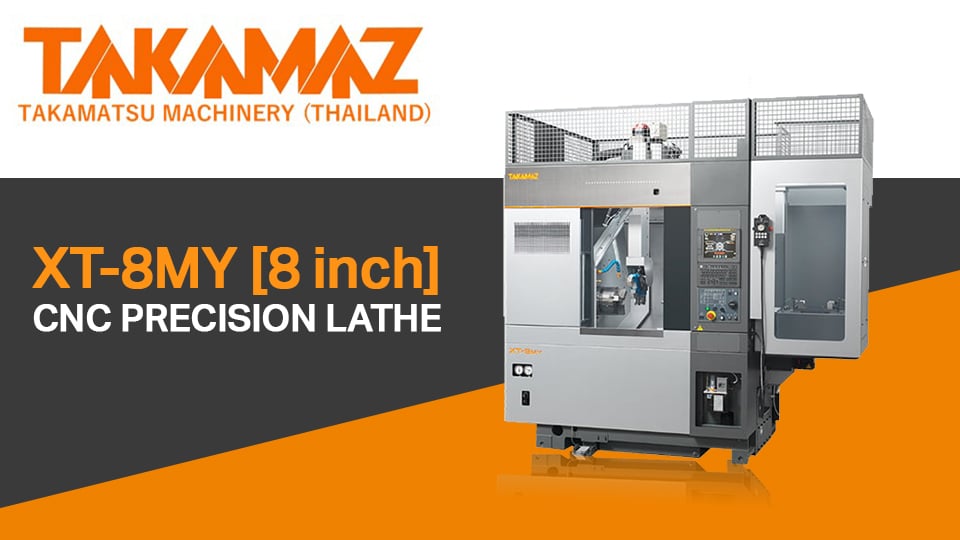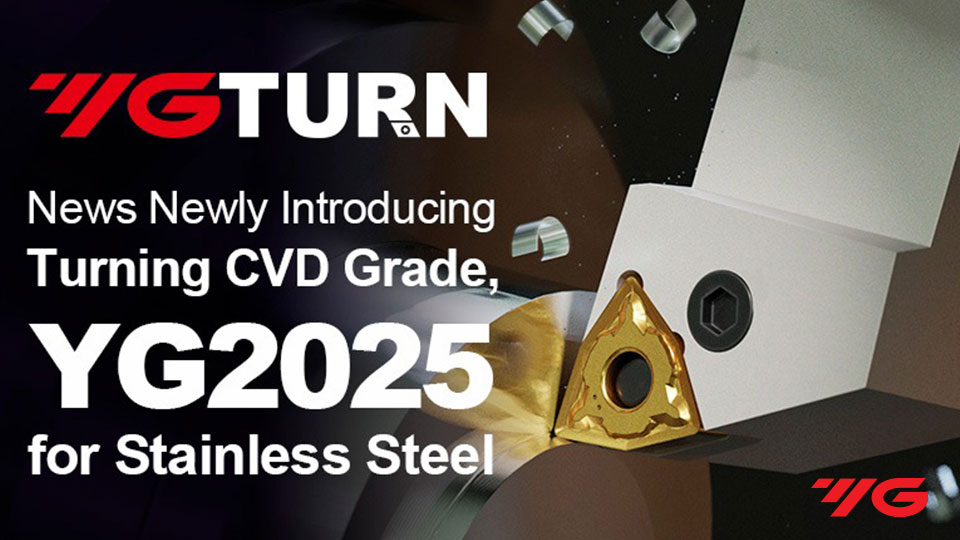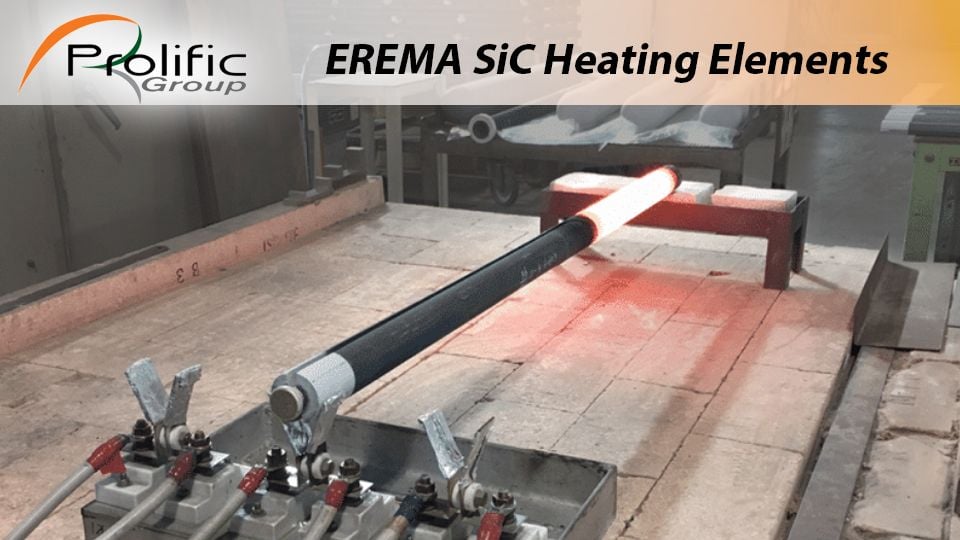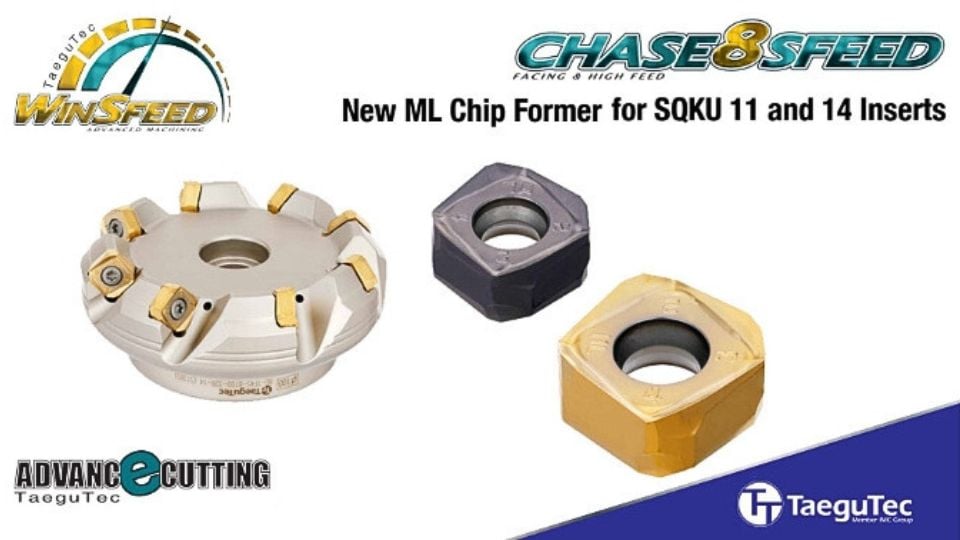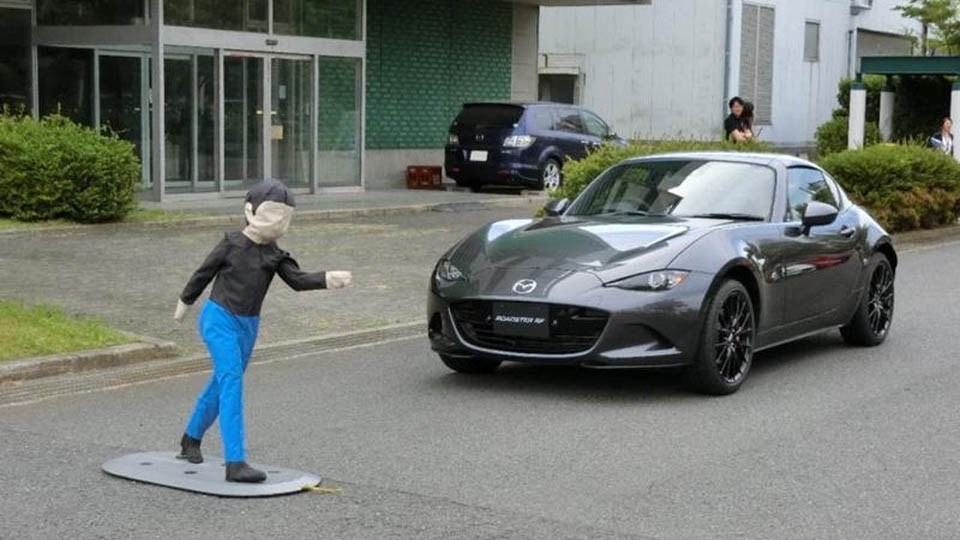
Mazda Improves Safety under “Human-Centric Design” Philosophy
Mazda improves its safety technology under “human-centric design” philosophy--or “Jinba Ittai” in Japanese-- by installing an automatic brake system, which can detect the people walking nearby around the car, to some of the upgraded sports Roadsters that will be launched on July 26. This would make seven of the company’s main models comply with Japan’s “Safety Support Car/Safety Support Car S” policy. However, Mazda is aware that relying on technology alone is not sufficient for safety and sees that the driver’s attitude to drive safely would ensure the safety.
The CEO Masamichi Kogai said an ideal automobile is the one that operates as a united person moving as the driver wants. Mazda thinks that the driver’s proper recognition, judgment and operation is the most important factor for safety. The idea is to develop vehicles providing as much proper environments for driver’s decisions as possible.
The concept of “human-centric design” or “Jinba Ittai” is referred to a phrase explaining a person aptly riding a horse as if it were a part of him. Mazda chose to use this term to probably mean this developed safety technology is easy to use as if it were a part of our body.
To achieve the above concept, Mazda rearranged the brake and the accelerator pedals to the positions where the driver could step on conveniently; the front tires were moved 80 mm away from the original position to increase the legroom, and the brake and the accelerator pedals were moved 20 mm to the right so that the driver would be in naturally proper driving position. These configurations have been adopted in all new category vehicles using SkyActiv technology. Mazda’s assistant manager of vehicle research department said that despite the difficulty to increase the legroom in compact cars such as Demio, Mazda had determined to develop its vehicles in order to achieve good results and succeeded with its integrated planning.
Mazda had foreseen that an organ-type accelerator used according to the integrated planning would ensure a safe driving. With organ-type accelerator, the driver would not have to move his heel, making the switching between the accelerator and the brake pedals easier. Precisely, it takes 0.12 seconds less than lifting the heel for the switching, or translated into “1.7 meter prior of the ability to stop a vehicle running 50 km/hour,” which is crucially beneficial in reducing accidents.
Therefore, Mazda perceives their safety technology of “i-ACTIVSENSE” as beneficial to drivers as it increases the driving safety in case that the driver is unaware of the surroundings of the vehicle.
In regard to safety, the head of Mazda vehicle research department emphasized that there still were many things a man should think of and understand as well as should have decent driving disciplines. Safety should not be left to the vehicles. Setting up an environment where a driver can drive properly would ensure more safety.



